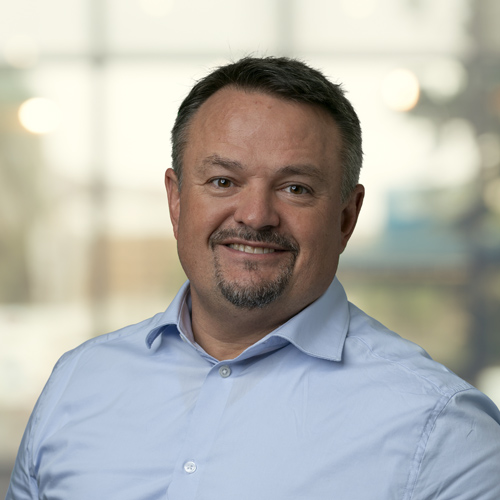
TNO technology selected for Secondary Mirror of W. M. Keck Observatory
TNO has a long history of developing innovative technologies for world-class astronomy observatories, such as delay lines, precision mirror supports and laser-launch telescopes for the European VLT and ELT Telescopes in the Southern Hemisphere. Partners in these developments include industry members such as VDL and Demcon, along with academic partners like NOVA.
In 2024 TNO provided a concept design and assessment of performance for its breakthrough Hybrid Variable Reluctance (HVR) actuated deformable mirror systems, for application to the future Keck Adaptive Secondary Mirror (KASM). An independent assessment was performed in comparison to other leading technologies. The consensus of the committee was to proceed with the TNO technology.
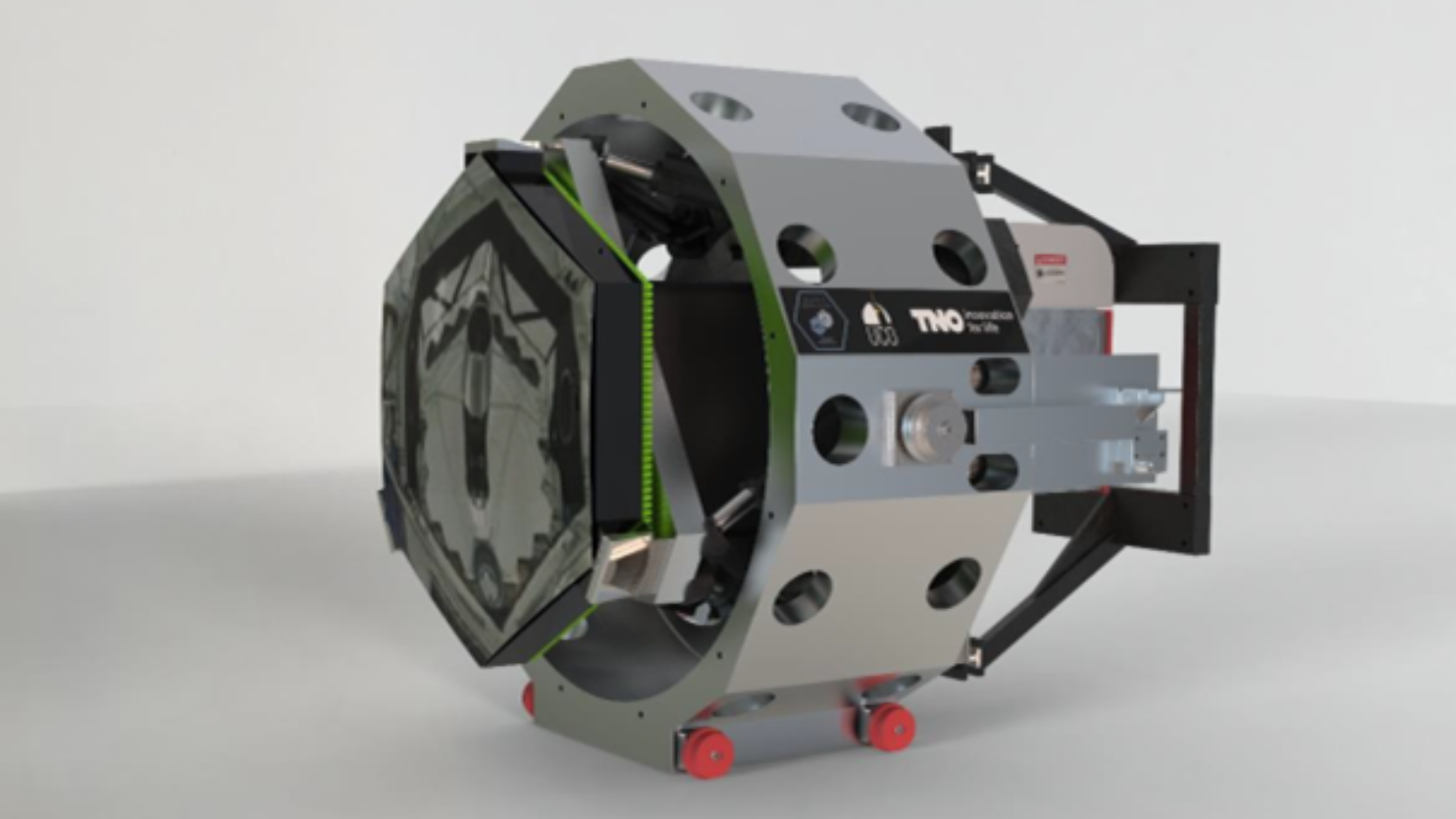
The assessment was based on performance, technological and operational requirements. The assessment included science goals, operational considerations and programmatic goals. Inputs were given by the Keck community including the Keck Observatory, Caltech, the University of California and the University of Hawaii.
The ability to retrofit the current Keck secondary mirror with a higher-density 3000-4000 actuator design, simpler overall system, lower thermal output, while maintaining the mass and volume of classical secondary mirror were key factors in the decision. The TNO technology scored high in both functionality and future scientific benefit.
TNO is excited to embark on this opportunity to provide cutting edge adaptive optics technology to improve the vision of the world-class Keck Observatory, situated at the premier Northern Hemisphere location atop Maunkea Hawaii.
Picture 1: Twin telescopes Keck I and Keck 2 with their ‘eyes’ open. Credit: W. M. Keck Observatory, Ethan Tweedie.
Get inspired
Time setter story: Max van Strien


Time setter story: Benjamin Brenny
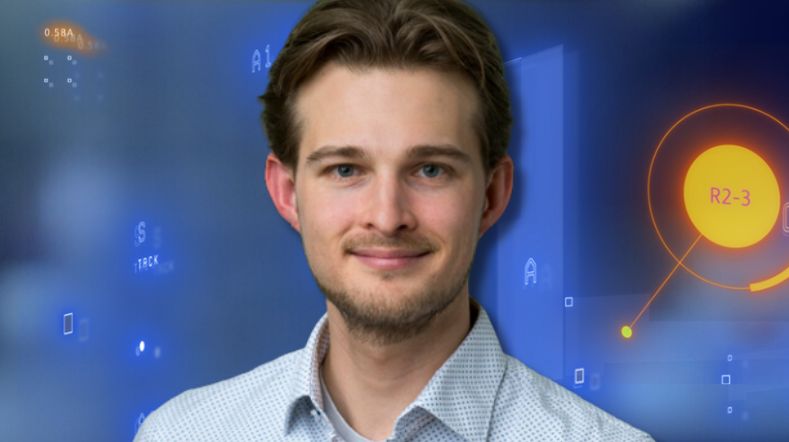

Optics
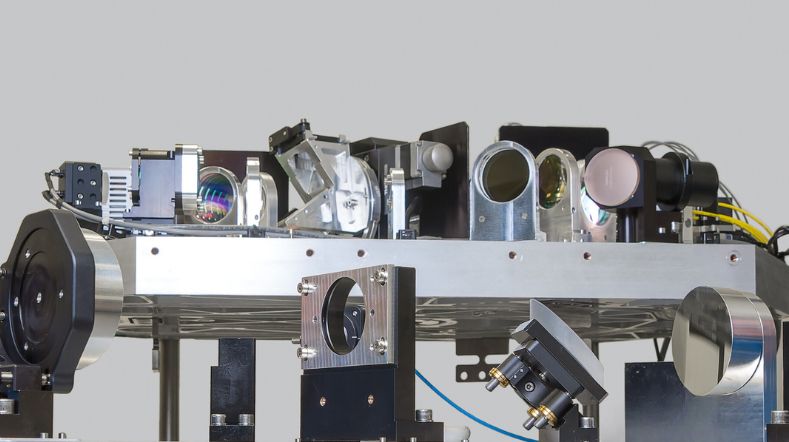

Space systems engineering
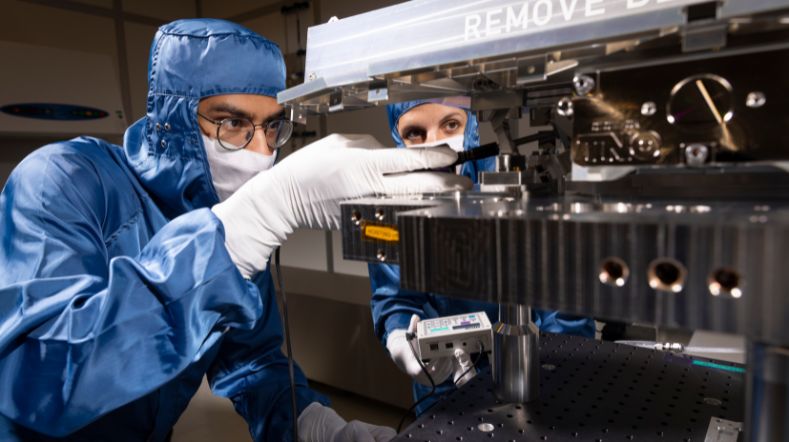

Laser projection systems




